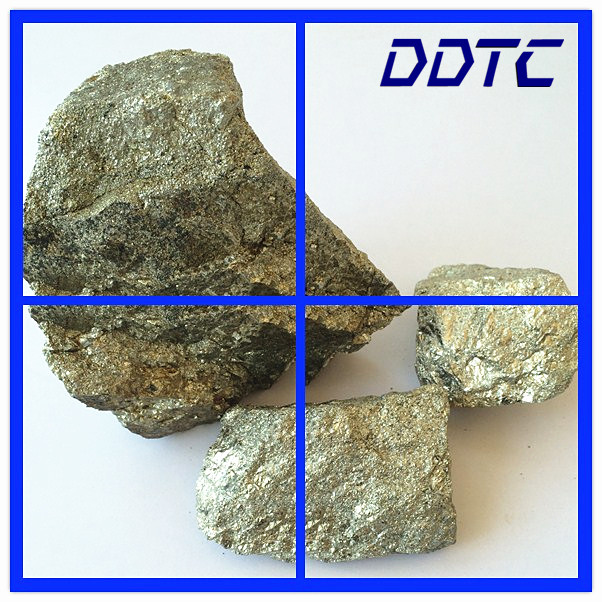 |
The coupled transfer of protons and electrons is the key to hydrogen production, and hydrogenase can convert hydrogen as efficiently as an expensive platinum catalyst. In order to enable biotechnology to be applied in this field, researchers are studying in detail how they work.
A team jointly formed by the University of Bochum (Ruhr-Universität Bochum) and the University of Oxford published the latest report in the "Proceedings of the National Academy of Sciences (PNAS)" that the proton and electron transport of enzymes are separated in space, but still coupled Yes, this is the decisive factor for high efficiency. The article was published online on August 10, 2020.
The most effective hydrogen producer in nature
The so-called [FeFe]-hydrogenases, such as those found in green algae, are the most effective hydrogen producers in nature. They can produce and decompose hydrogen. The actual chemical reaction occurs in the deep active part of the enzyme. "Therefore, the electrons and protons needed for the reaction must find an effective way," explained Dr. Oliver Lampret from the Bochum Photobiotechnology Research Group, one of the authors of this paper. Electron transmission is carried out through a wire, so to speak, it is composed of several iron-sulfur clusters. Protons are transported to the active center through a proton transfer channel composed of five amino acids and one water molecule.
Professor Thomas Happe, head of the photobiotechnology research group, said: "Although it is known that there is an electron transfer mechanism of proton coupling, researchers have so far believed that coupling only occurs in the active center."
Protein engineering makes coupling visible
The research team manipulated the hydrogenase, which significantly slowed down the rate of proton transfer, but hydrogen can still be converted. Using dynamic electrochemistry, they found that the hydrogen conversion rate dropped significantly, and more importantly, a significant overpotential was required to catalyze the generation or cracking of hydrogen. By controlling the proton transfer pathway, the researchers indirectly reduced the rate of electron transfer.
Oliver Lampret concluded: “Since the two transfer paths are spatially separated, we hypothesize that the long-range cooperative coupling of these two processes is necessary for efficient catalysis.†This discovery will help develop more efficient hydrogenases in the future. catalyst.
(Original from: Fuel Cell Engineering China New Energy Network)
The products are mainly exported to East Asia, South America, Western Europe, Australia and Taiwan markets. We are China's major exporters of Pyrite, "Hengkai Metallurgical " is the first brand of high grade pyrite export. Products are widely as increase sulfur agent used in smelting and casting, fillers of grinding wheel's abrasive, soil conditioner, as the adsorbent of heavy metals in wastewater, filler of core-spun yarn, lithium battery cathode materials, by the user praise and trust.

Pyrite (S50)
Pyrite (S50) Pyrite Iron pyrites pyrites lump Ferro sulphur Pyrites powder
LUANCHUAN COUNTY HENGKAI METALLURGICAL MATERIALS SALES CO.,LTD , https://www.pyritechina.com